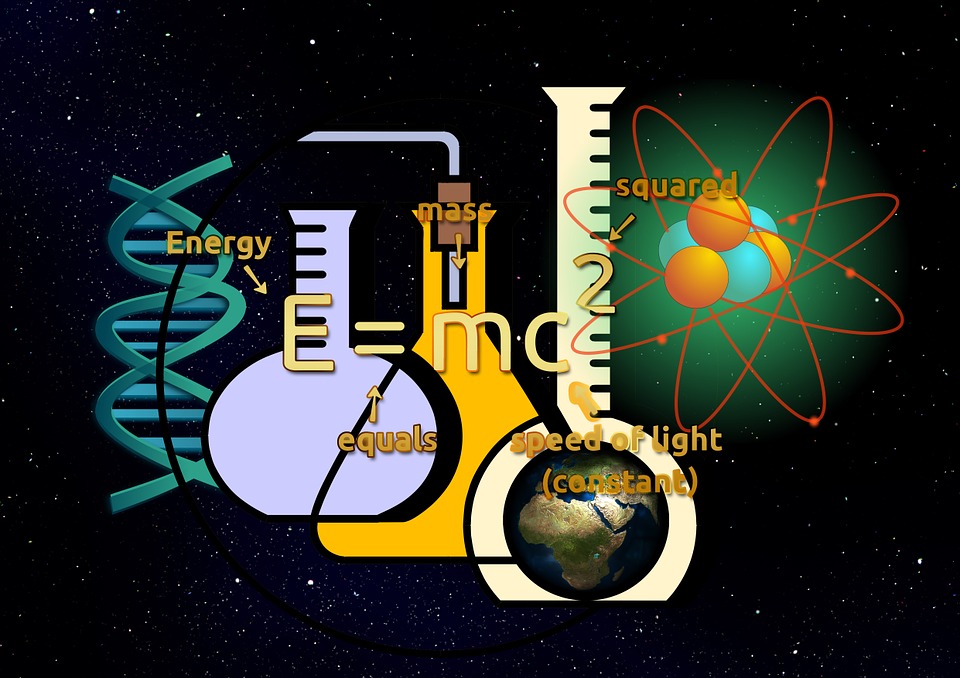Des chercheurs ont mesuré une hausse de l’intérêt, de la motivation et de la réussite en science chez les préadolescents en utilisant la réalité augmentée.
La réalité augmentée, c’est-à-dire l’ajout de composantes virtuelles, interactives et sonores à un matériel existant, a le vent dans les voiles en éducation. Par exemple, récemment, l’École branchée mentionnait son potentiel en matière de création holographique à des fins éducatives.
Des chercheurs finlandais, sous la direction de Hannu Salmi, ont voulu savoir si la réalité augmentée utilisée dans un contexte informel pouvait augmenter l’apprentissage des élèves. Pour ce faire, ils ont convié 146 élèves âgés de 11 à 13 ans à participer à une étude. Les élèves étaient invités à assister à une exposition scientifique portant sur deux phénomènes : l’effet Doppler et la théorie cinétique des gaz.
À l’aide de la réalité augmentée, des effets spéciaux normalement impossibles à visualiser simplement étaient ajoutés à la présentation. Par exemple, pour mieux comprendre l’effet Doppler, les participants voyaient un camion de pompier s’avancer vers eux et s’éloigner. À cette image, on a superposé un visuel représentant le mouvement des ondes sonores produites par le camion. Les élèves pouvaient ainsi comprendre pourquoi le son diffère en fonction de leur position par rapport au camion. Les formules pour calculer l’effet Doppler étaient aussi projetées virtuellement. Dans le cadre de l’activité portant sur les gaz, des ajouts virtuels semblables ont permis aux élèves de voir des changements de température et de vélocité.
Les chercheurs ont par la suite voulu connaître les impacts chez les élèves de la réalité augmentée dans cette activité. Ils se sont intéressés aux apprentissages réalisés, à la motivation à apprendre ainsi qu’à l’intérêt pour les sciences.
Particulièrement bénéfique pour les élèves dits « faibles »
Les résultats montrent que la réalité augmentée a été particulièrement bénéfique pour les élèves les plus faibles. Elle leur aurait permis de développer leur intérêt et de mieux performer à un examen subséquent. Dans leur article paru dans l’International Journal of Science Education (disponible intégralement ici), les chercheurs affirment même que la réalité augmentée est l’une des rares technologies pédagogiques qui est directement utiles pour les élèves les plus faibles.
Une amélioration des résultats chez les filles aussi
Un autre constat de la recherche est que la réalité augmentée hausserait la performance des filles. En effet, dans le test qui était administré avant l’exposition, les garçons réussissaient, dans l’ensemble, significativement mieux que les filles. Après l’exposition, il n’y avait plus de différence significative entre les deux groupes. Ceci laisse croire que la réalité augmentée peut constituer une façon de hausser l’intérêt des filles pour les sciences.






